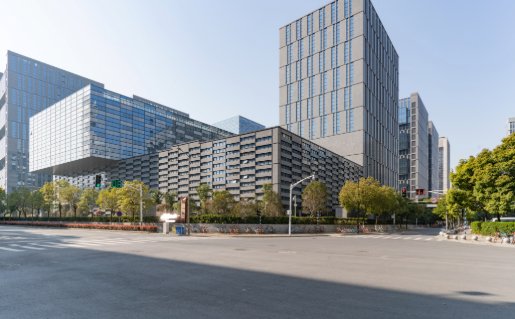
Understanding Commercial Property
Let us begin by understanding what is commercial property. Residential and commercial are two major categories of real estate business. A commercial property refers to a real estate property used as a workspace; not a living space. Buildings and spaces used as offices, stores, hotels and warehouses are common examples. Tenants lease a commercial property to run their business. Commercial properties help generate income through rent or business operations, unlike residential spaces.
Commercial real estate has a major role in the growth of the economy as it supports businesses and job creation. This real estate business takes care of constructing, marketing, managing, and leasing properties for commercial purposes rather than residential. Investing in a commercial space is a smart financial move, as it offers steady income and long-term growth. However, success depends on understanding different types of commercial properties, market trends, and the right investment strategies.
Main Types of Commercial Properties
Commercial properties can take different forms, each serving different business needs. They vary from office buildings and retail stores to warehouses and hotels. These properties generate income via leasing or business operations. If you are an investor or a business owner, understanding the various types of commercial property is crucial. It helps you make informed decisions based on your goal and the market demand.
Office Buildings
These are workspaces designed for businesses. They range from small, single-tenant offices to high-rise corporate towers. Offices are also subdivided based on the building’s quality, age and infrastructure as follows:
- Class A: High-end modern spaces. They are the best buildings in terms of aesthetics, quality infrastructure, location and age.
- Class B: Mid-range buildings that are not as competitive in price as Class A. They are a bit older and are often targeted by investors for restoration.
- Class C: Budget-friendly buildings that are often located in less attractive areas. They are usually older than 20 years and require maintenance.
Retail Spaces
These are where businesses sell products and services directly to customers. These spaces cater to different business types and thrive in high-traffic localities. They can range from small boutiques and salons to large brand retail outlets. Despite the boom of e-commerce and omnichannel trade, retail properties still have a significant role in customer experience. They include a wide variety of properties like shopping centres, malls, supermarkets and restaurants. While learning what is commercial real estate, understanding the different forms of retail properties helps you analyse your real estate options. They include:
- Single-tenant: leased by a single brand or business, such as big-box stores. It has the full control over the leased space.
- Multi-tenant: has multiple spaces with shared facilities, for example, a shopping complex. Each space is occupied by a different business and sometimes, a lead tenant attracts traffic.
- Pad sites: A standalone commercial building with multiple single-tenant structures. These are typically occupied by banks, retail stores or restaurants.


